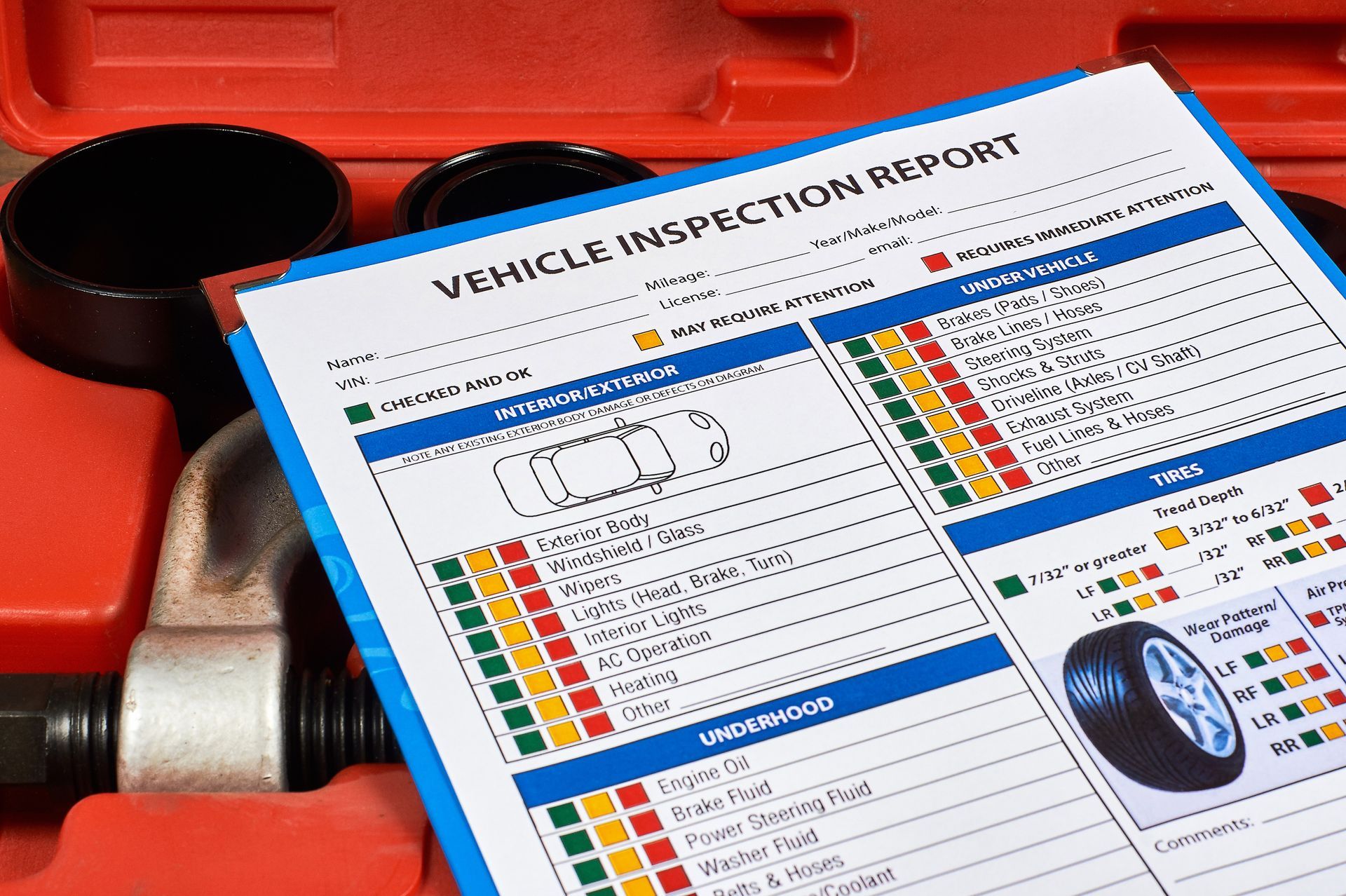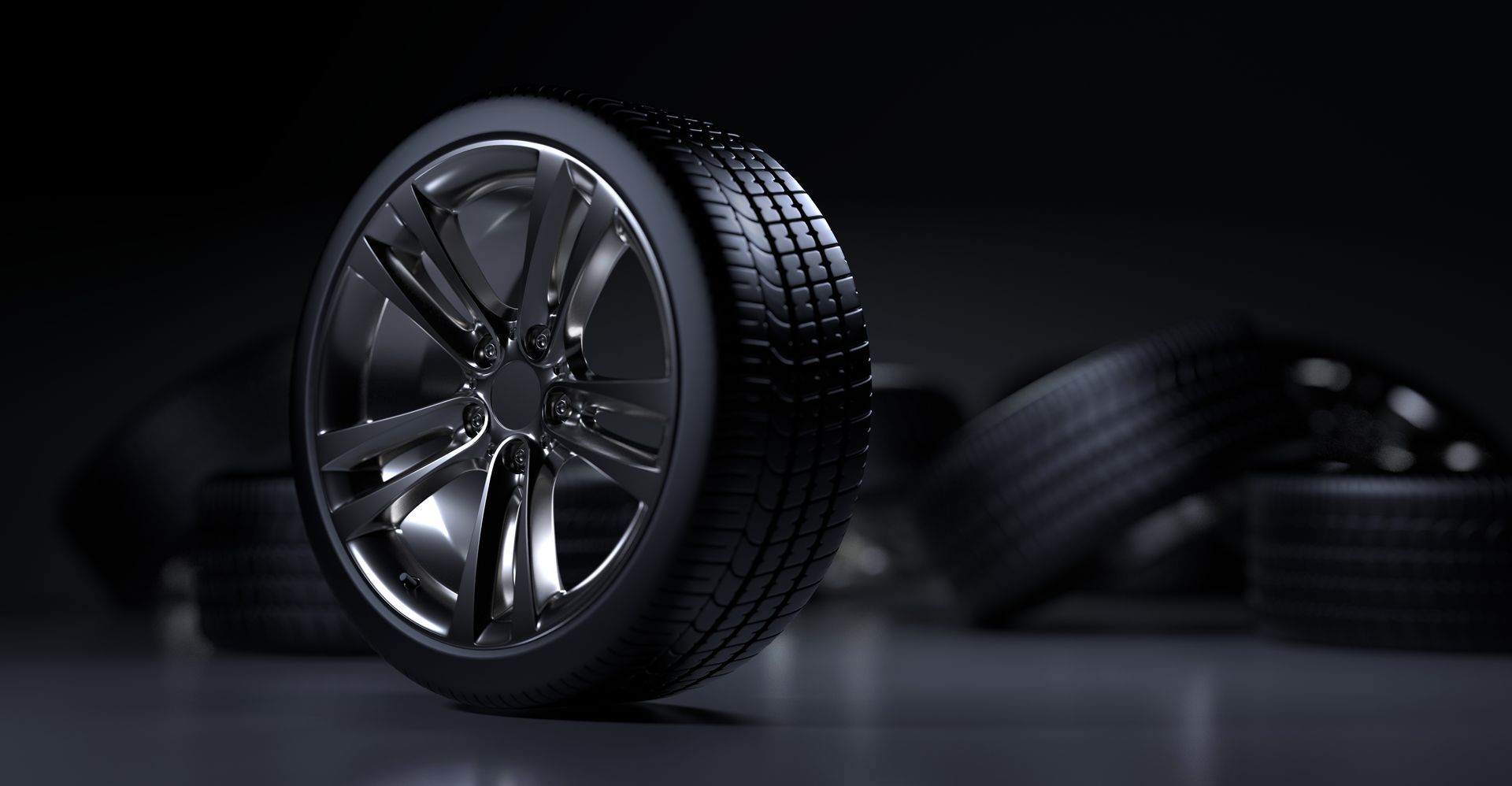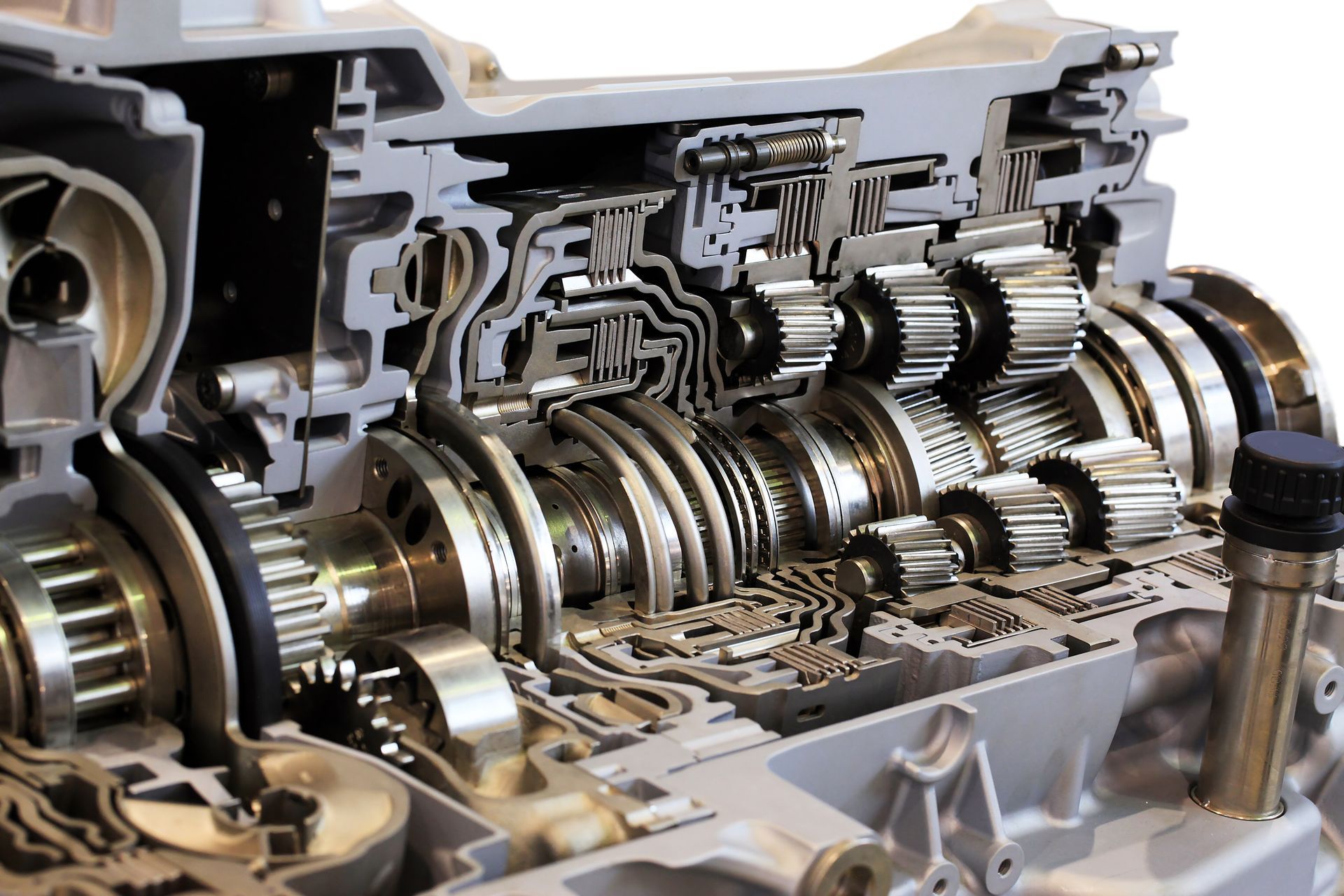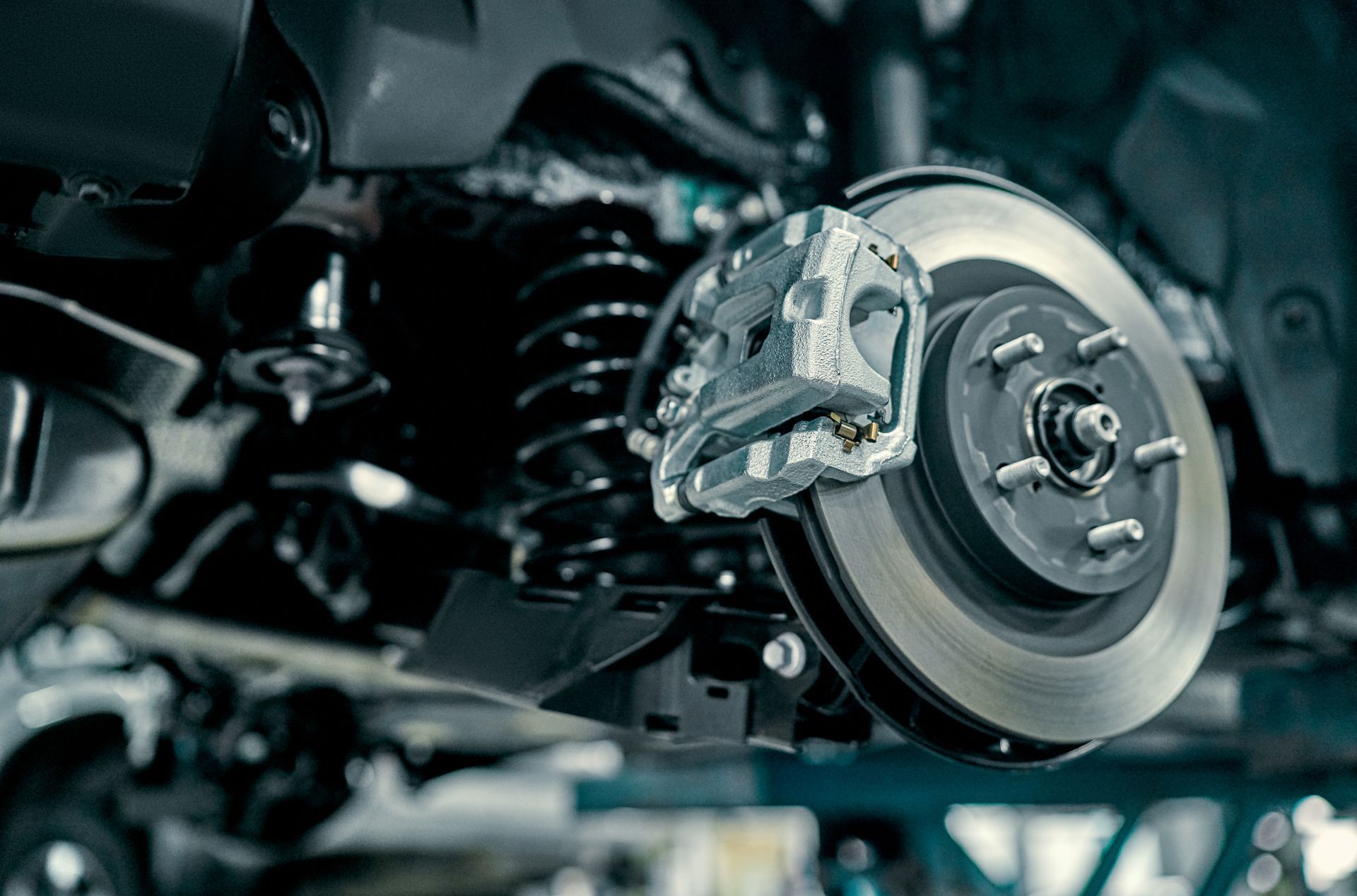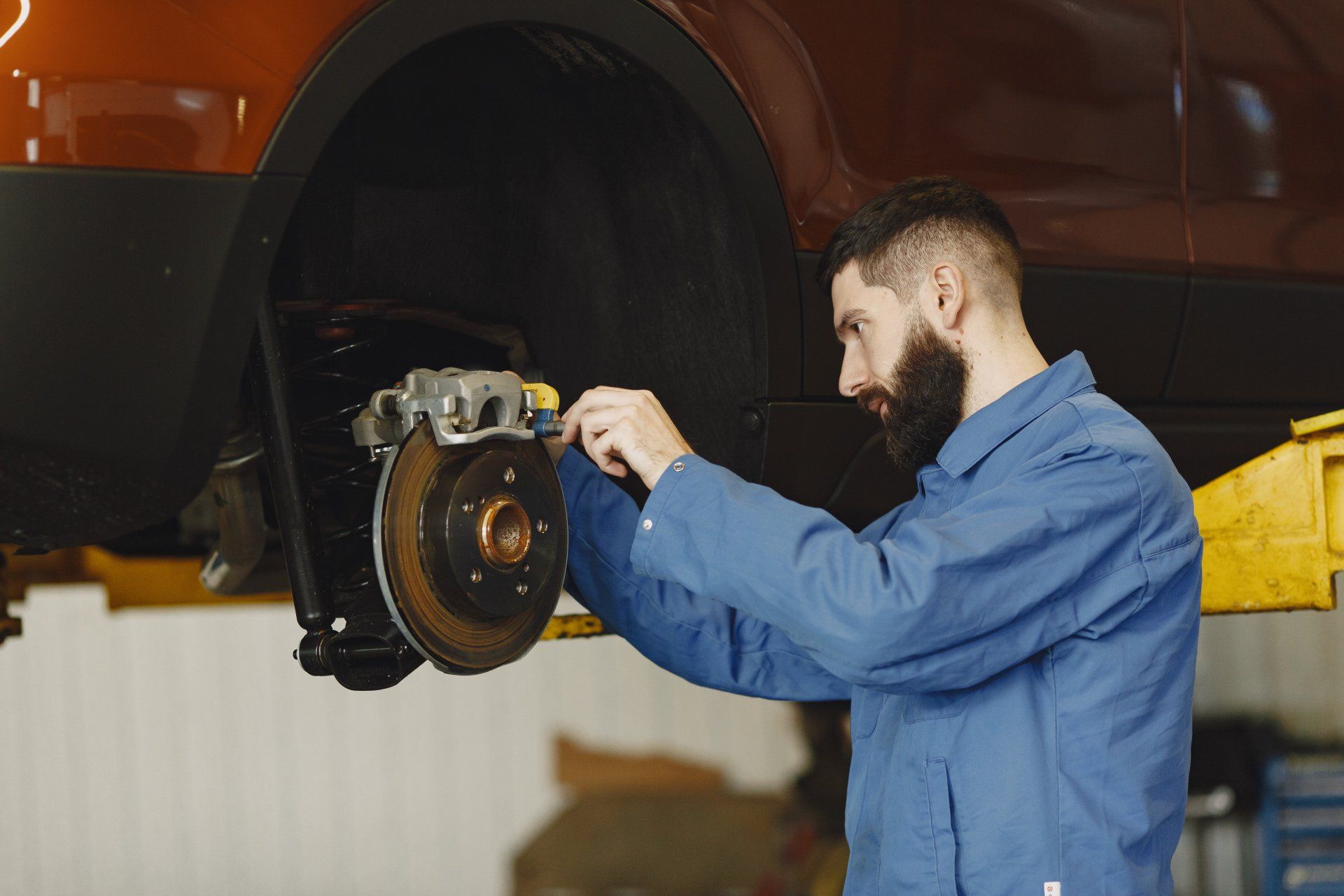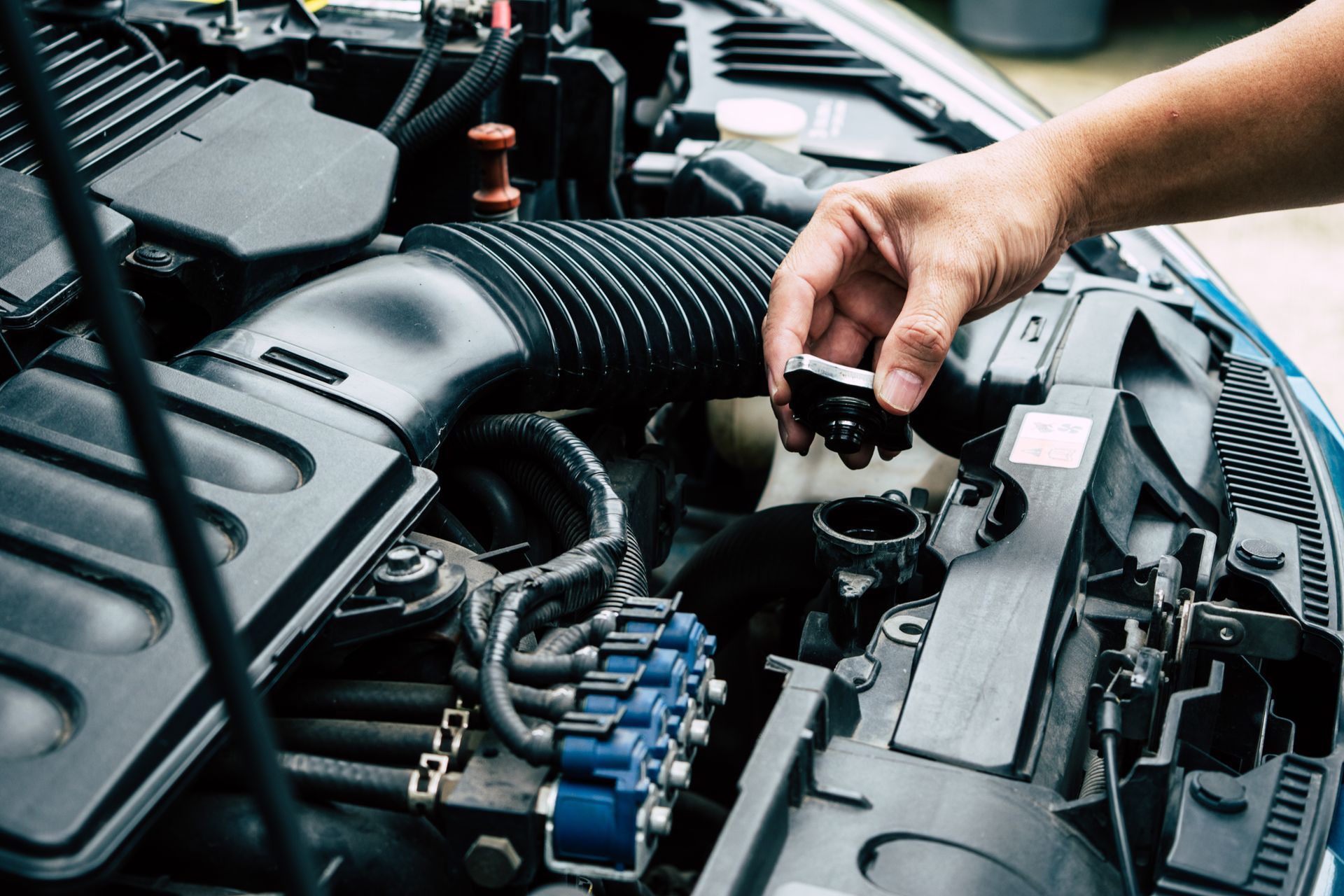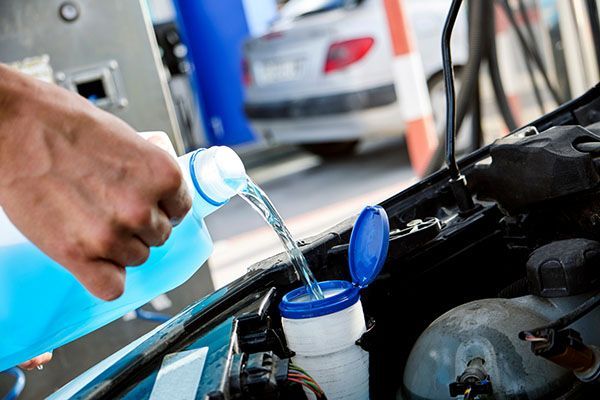
Loading ...
Missing business hours data / Error occurred while getting the data.
Text 'PRECISION' to (607) 309-5022 to receive special offers!

How To Check Engine Oil Level In 7 Simple Steps
How To Check Engine Oil Level In 7 Simple Steps
Ever wondered if your car's engine oil level is where it should be? Ensuring your engine has the right amount of oil is crucial for its health and longevity.
Mastering this essential maintenance task will give you peace of mind and keep your engine running smoothly - here is how to do it:
Step 1: Park on Level Ground
Before you start, park your car on a flat, level surface and wait for the engine to cool down. Checking the oil level when the engine is hot can give you inaccurate readings, so it's best to do it when the engine is cold.
Step 2: Locate the Dipstick
Pop the hood of your car and locate the engine oil dipstick. It's usually a brightly colored handle labeled "Engine Oil" or "Oil Level." Pull the dipstick out of the engine and wipe it clean with a paper towel or rag.
Step 3: Insert and Remove the Dipstick
After wiping the dipstick clean, reinsert it into the engine until it's fully seated. Wait a moment for the oil to settle, then pull the dipstick out again. This time, note the oil level indicated by the dipstick's markings.
Step 4: Check the Oil Level
Inspect the oil level on the dipstick. There are usually two markings: one for "Full" and one for "Low" or "Add." The oil level should ideally be between these two marks. You'll need to add more oil if it's below the "Low" mark.
Step 5: Assess the Oil Condition
While you have the dipstick out, inspect the oil's condition. Fresh engine oil should be transparent, and amber. It may be time for an oil change if it appears dark or murky.
Step 6: Add Oil if Necessary
If the oil level is below the "Low" mark, it's time to add more oil. Refer to your car's owner's manual to determine the correct type and viscosity of oil to use. Carefully pour oil into the engine through the oil filler cap, checking the dipstick periodically until the oil level reaches the "Full" mark.
Step 7: Recheck the Oil Level
Once you've added oil, reinsert the dipstick into the engine and pull it out again to recheck the oil level. Ensure that the oil level falls within the acceptable range indicated by the markings on the dipstick.
Why is Oil Level So Important?
Maintaining the proper oil level in your engine is critical for several reasons:
Serving as a lubricant, engine oil reduces friction between moving parts and prevents premature wear and tear. Without an adequate supply of oil, metal-on-metal contact can occur, leading to increased friction, heat buildup, and potential damage to engine components.
It also helps dissipate heat generated during the combustion process. By circulating through the engine and absorbing heat, oil helps regulate engine temperature and prevent overheating. Insufficient oil level can compromise this cooling function, leading to thermal stress and potential engine failure.
Oil forms a protective film on internal engine surfaces, sealing gaps between components and preventing the intrusion of contaminants. It also helps suspend and carry away dirt, debris, and combustion byproducts, keeping the engine clean and functioning optimally.
Engine oil contains additives that inhibit corrosion and oxidation, protecting metal surfaces from rust and degradation. Maintaining the proper oil level ensures continuous protection against moisture and environmental contaminants, preserving engine integrity and longevity.
Low oil level? Don’t worry - simply visit Precision Automotive Service NY, and our team will handle everything.
Loading ...
Missing nap lines data / Error occured while getting the data.

